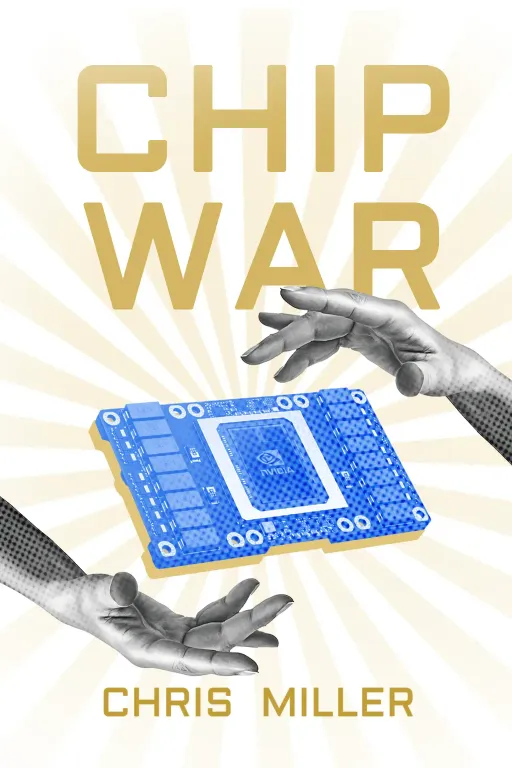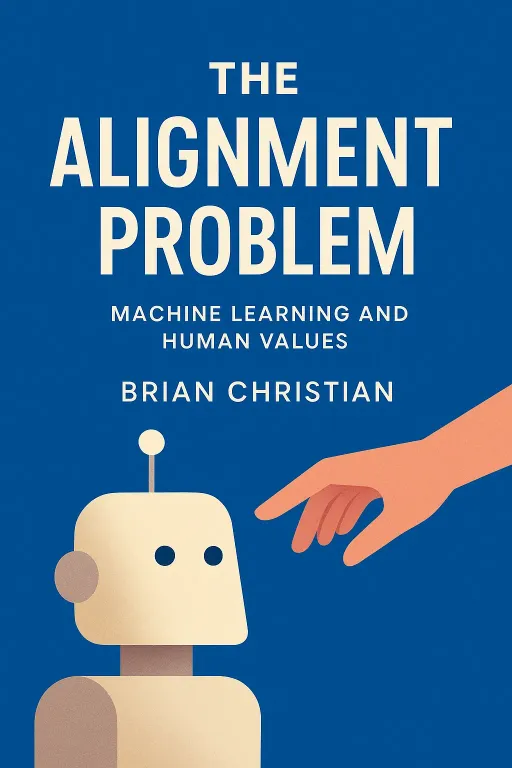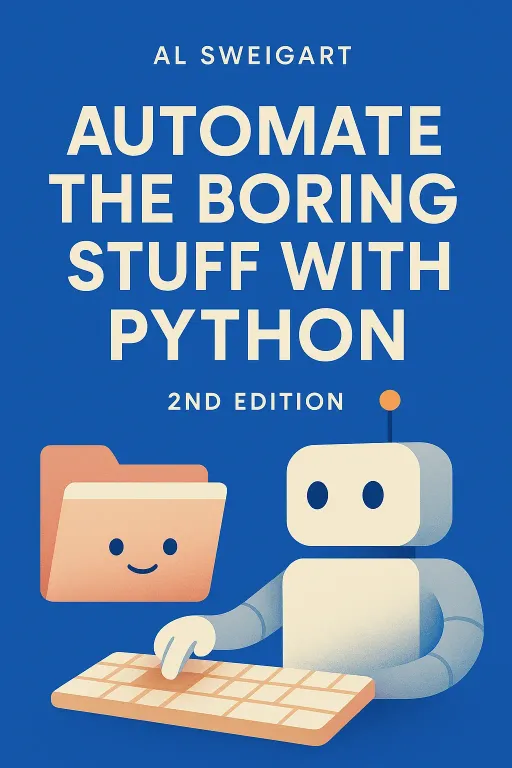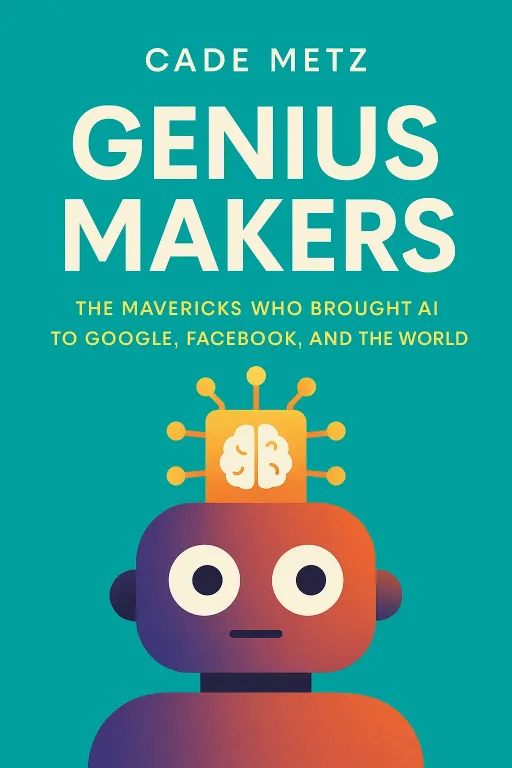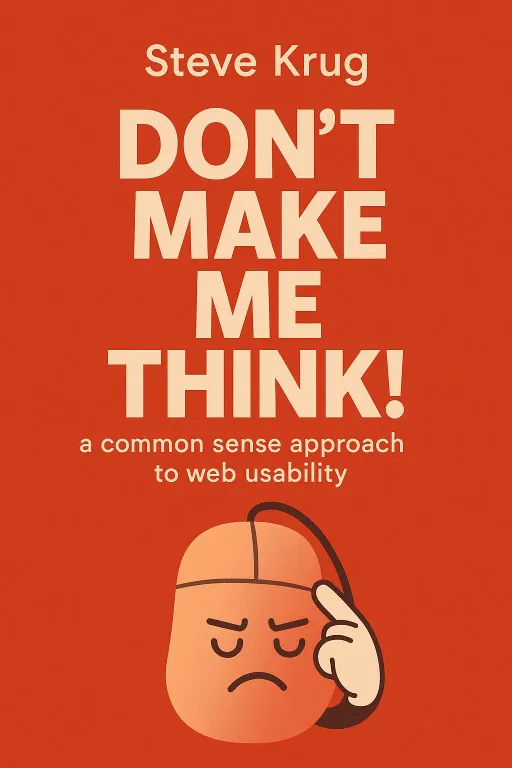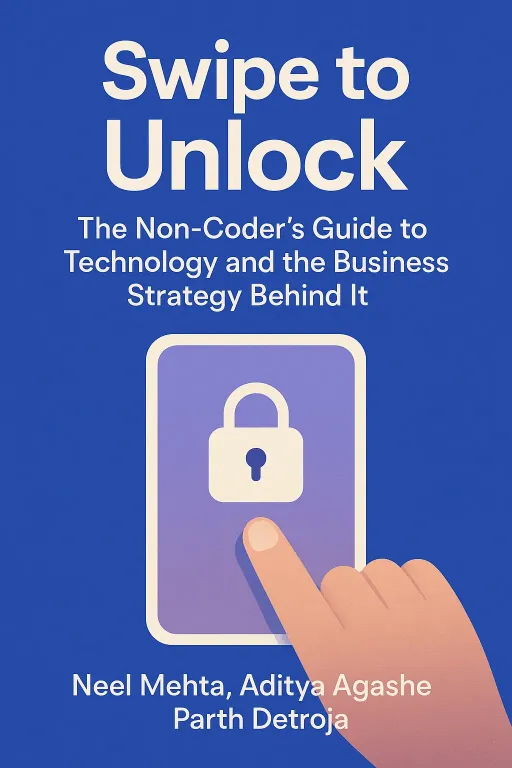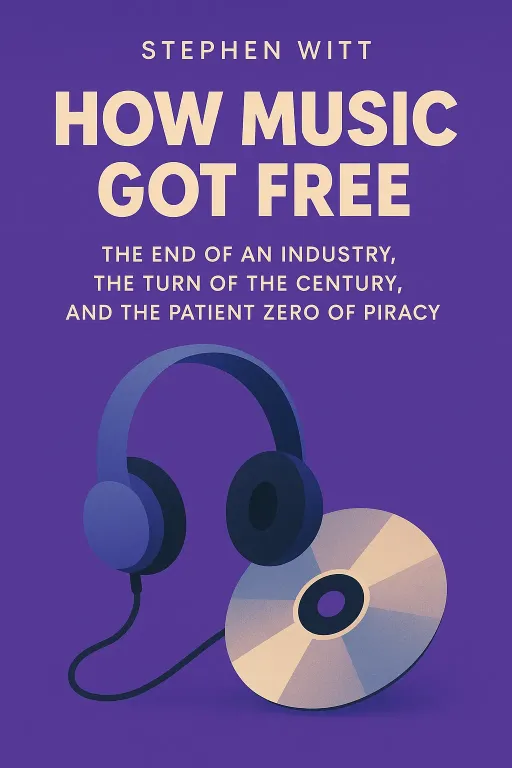
Deconstructing Genius: The Secret History of the iPhone's Innovation Engine
11 minGolden Hook & Introduction
SECTION
Orion: On January 9, 2007, Steve Jobs stood on stage and introduced a device that would change the world. He called it 'revolutionary,' a product that 'changes everything.' And the story we all bought was that of a singular genius. But what if that story isn't true? What if the iPhone's most magical feature, multitouch, was born in a secret lab, hidden from Jobs himself? And what if its iconic glass screen was a 40-year-old failed technology, resurrected at the last minute?
Orion: Today, we're tearing down the iPhone with Brian Merchant's book, 'The One Device,' to find the real story of innovation. We'll dive deep into this from two perspectives. First, we'll expose the secret team behind the iPhone's 'magical' multitouch interface, a story Apple didn't tell. Then, we'll uncover the almost unbelievable tales of the accidental hardware that made the device physically possible. Marvin, as a researcher in the tech world, this feels like peeling back the layers on a myth we've all lived with.
Marvin: Absolutely, Orion. The 'lone genius' narrative is powerful, but in research and development, we know progress is almost always a team sport. It's incremental, it's messy, and it's often built on the shoulders of people whose names we never hear. I'm excited to get into that messy reality.
Deep Dive into Core Topic 1: The Collective, Not the Cult
SECTION
Orion: Well, let's start with that 'magical' interface. At Macworld, Jobs famously said, "We have invented a new technology called multitouch." It was phenomenal, and it felt like magic. But the book 'The One Device' takes us somewhere else entirely—to a small, clandestine team inside Apple called the ENRI group. That stands for 'Explore New Rich Interactions.'
Marvin: And that name itself is so telling. It wasn't 'Invent the iPhone.' It was 'Explore.' That's the language of research, of open-ended discovery.
Orion: Exactly. This was a small group of restless minds, including UI designers Bas Ording and Imran Chaudhri—who the book calls the "Lennon-McCartney of UI." They felt the mouse and keyboard were becoming clumsy for navigating all the rich media emerging in the early 2000s. So they started meeting in secret.
Marvin: In secret from Steve Jobs, right? That's a bold move at Apple.
Orion: A very bold move. They holed up in an abandoned user-testing lab at 2 Infinite Loop, a place Jobs had shut down. They were terrified he'd see their work, deem it a waste of time, and kill the project. Their big break came from a colleague who used a special trackpad from a company called FingerWorks to help with her wrist pain. The ENRI team saw its multitouch capabilities and had a lightbulb moment.
Marvin: So the inspiration didn't even come from a grand strategic plan, but from a practical, ergonomic solution for a coworker. That's fascinating.
Orion: It gets better. They didn't have a transparent screen to test their ideas on. So they built a makeshift prototype. Picture this: it's a projector, beaming a Mac screen down onto a FingerWorks trackpad that's covered with a simple piece of paper. By moving their fingers on the paper, they could test gestures like pinch-to-zoom on a map or scrolling through contacts. It was a low-fi, brilliant hack.
Marvin: That prototype story is fantastic. It's a testament to the fact that you don't need a billion-dollar budget to test a core concept. It's about ingenuity. It reminds me of so many early-stage research projects where you're just cobbling things together to see if an idea has legs.
Orion: And it did have legs. They created these compelling demos, and eventually, Apple's design chief, Jony Ive, saw them. He was the one who got it. He reportedly said, "This is going to change everything." He became their champion and was the one who finally built up the courage to show it to Jobs.
Marvin: What strikes me is the role of Jony Ive as that internal champion. In any large tech organization, you have these pockets of brilliant R&D, these 'science projects.' But they often die on the vine without a high-level advocate who can see the product potential and translate it for executive leadership. Ive played that crucial role.
Orion: And it was crucial, because the book says Jobs was initially… completely unimpressed. He saw it as a science project and didn't see the value.
Marvin: Wow. That's a huge lesson in leadership, isn't it? Even a visionary like Steve Jobs could miss the potential of a game-changing technology at first glance. It really took the team's passion and Ive's conviction to get it across the line. It also reframes Jobs's genius. It wasn't always about pure invention, but about his ability to a powerful idea once he was convinced, and then execute on it with a singular, relentless focus.
Orion: He became the ultimate synthesizer. Which brings us to the hardware.
Deep Dive into Core Topic 2: Accidents and Resurrections
SECTION
Orion: So the software was a secret project born from collaboration. But the hardware has an even wilder history. It's a story of resurrection. In the book, we learn that Jobs was furious that the plastic screen on the early iPhone prototype was getting scratched up by the keys in his pocket. He said, "I just want to know if you are going make the fucking thing work." He demanded a scratch-proof glass screen, and he wanted it in six months.
Marvin: An impossible timeline, which sounds very on-brand for Jobs. So where did they find this magical glass?
Orion: They didn't. They found a ghost. Apple's team contacted Corning, the glass company. The CEO, Wendell Weeks, flew out to Cupertino. He told Jobs about a technology they had developed back in the 1960s called "Chemcor." It was an incredibly strong, chemically-strengthened glass. But it was a commercial failure. It was too expensive and complex, and aside from a few uses in race cars and phone booths, it never took off. Corning had basically shelved it for 40 years.
Marvin: This is my favorite story from the book. It's such a powerful reminder that innovation isn't always about creating something new from whole cloth. It's often about connecting dots, about finding a new application for an old idea. Corning had a solution just sitting on a shelf, waiting for a problem for four decades! As a researcher, it makes you think about all the shelved projects and forgotten papers in academia and industry that might just be waiting for their moment.
Orion: And Jobs was skeptical at first. He started lecturing Weeks on how glass is made. And Weeks, in a legendary move, told Steve Jobs, "Can you shut up and let me teach you some science?"
Marvin: I can't even imagine. That takes some serious confidence.
Orion: It worked. Weeks explained the ion-exchange process, and Jobs was sold. He immediately ordered a massive quantity, more than Corning could possibly produce. Weeks protested, saying they didn't have the capacity. And Jobs just said, "Don’t be afraid. You can do it." So Corning converted an entire LCD factory in Kentucky, and they delivered the glass. Gorilla Glass, as it was rebranded, was born from a 40-year-old failure and a CEO's impossible demand.
Marvin: It's the perfect marriage of dormant technology and sheer force of will. Jobs didn't invent the glass, but he created the conditions—the extreme pressure—that forced its resurrection. It’s a different kind of innovation.
Orion: And it's the same with the processor, right? The very heart of the iPhone, the ARM chip. It wasn't some grand design for a mobile world.
Marvin: No, it was another happy accident, which the book lays out beautifully.
Orion: Exactly. The book tells the story of Sophie Wilson and Stephen Furber at Acorn Computers in the UK. They were designing a chip for a desktop computer. Their goals were simple: make it powerful and cheap. But they accidentally made it incredibly low-power. They only discovered how low-power it was when a test board kept running with the power seemingly disconnected. It was just sipping leakage current from other circuits.
Marvin: An accident that enabled the entire mobile revolution. That's the beauty of it. It proves that sometimes the most valuable feature of your invention is one you didn't even design for. It's about being observant and, more importantly, asking 'why' when you see an unexpected result. That's the absolute core of the research mindset. Don't dismiss anomalies; investigate them. That's where the breakthroughs are.
Synthesis & Takeaways
SECTION
Orion: So when you put it all together, the story of 'The One Device' shows that the iPhone isn't a single miracle from a single mind. It's a convergence: a secret software project from a collaborative team, a resurrected 40-year-old glass, and an accidentally-efficient chip.
Marvin: Exactly. And it was all orchestrated by a leader who, while not the inventor of the individual parts, was the master synthesizer. Steve Jobs was the conductor of the orchestra. He didn't play every instrument, but he had the vision for the symphony and he pushed every musician to play beyond their limits. That's the real leadership lesson here.
Orion: So for everyone listening, especially those in tech and innovation, what's the big takeaway from this secret history?
Marvin: I think the takeaway is this: look around your own organization. What 'failed' projects are sitting on a shelf? Who are the quiet, brilliant teams working on something that looks like a 'science project' to management? The next revolutionary product might not be a brand-new idea, but a new combination of old ones. The real question to ask yourself isn't 'How can I be the next Steve Jobs?' but 'Who in my organization is the synthesizer?' That's the person who will build the future.

